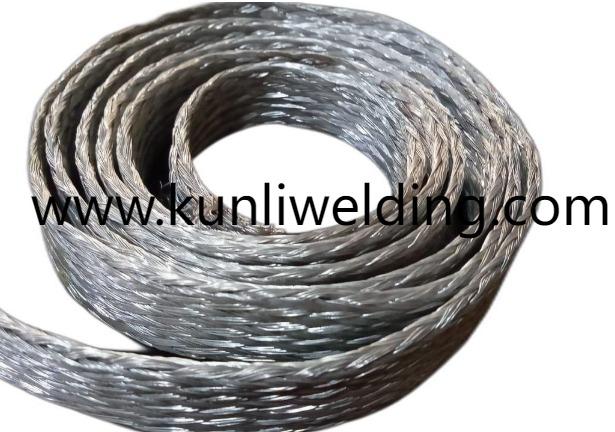How do handling and storage habits influence welding outcomes today

Choosing the right filler and the reel that carries it are both part of a smooth welding program, and many shop managers now discuss Aluminum Mig Wire Manufacturers as closely about spool winding and packaging as they do about alloy selection. That shift matters because production realities from automated feeders to remote assembly sites change what "ready to weld" actually means.
Start at the application level. Ask what the finished part needs from strength, corrosion resistance and visual finish, and then match the wire chemistry to those needs. But immediately after that, think about how the wire will get to the gun. A reel that arrives evenly wound and protected performs very differently in a feeder than one that is loosely layered or contaminated. When operations are under pressure to keep lines moving, spool problems show up as bird nests, jams and unexpected stops.
Feedability is a system problem. Drive rolls liners torches and spool presentation all interact. Shops that standardize on spool bore sizes and on spool flange rigidity reduce mechanical mismatches that cause pinch points. Pairing that hardware work with wire that is consistently wound and clearly labeled lets technicians swap reels quickly and with fewer surprises during a long seam or during a critical build window.
Packaging is not just about looks. Protective seals and inner covers prevent dust and humidity from landing on the wire surface. Contaminants on wire lead to arc instability and to porosity that shows up later at the finishing stage. When procurement evaluates suppliers, checking how reels are packed and whether there are simple handling notes can avoid a lot of downstream finishing and rework.
Inspection at receipt is a small investment with immediate returns. A quick visual check of winding uniformity surface finish and flange integrity followed by a short feed test through the actual feeder gives a clear signal about whether a reel can go straight into production. That short check is far less expensive than stopping a cell mid production to clear a feed fault.
Supplier support shortens qualification cycles. Vendors that provide sample reels, documented handling guidance and recommended feed hardware reduce trial and error. Technical notes that describe suggested drive roll profiles liner types and feed path routing are practical tools for integrators and maintenance teams who need reproducible setups across multiple cells and shifts.
Maintenance routines matter as much as initial quality. Even a well wound reel will misbehave if drive rolls are worn or if liners accumulate residue. Implementing short shift checklists for feeders contact tips and liners keeps the system in tune with spool quality. Those routines also create records that help trace issues back to particular lots when a problem occurs.
Training and operator technique still influence outcomes. Consistent travel speed steady wire feed settings and proper gun angles help the welding process tolerate minor wire variations. When operators are taught to perform a quick spool check and to log any anomalies, the shop gains a feedback loop that reduces repeated faults and helps procurement refine supplier choices.
Cost comparison should include hidden outcomes. A lower unit price on a spool that causes interruptions will increase labor for troubleshooting, add finishing hours and may delay shipments. Compare effective cost per acceptable joint by accounting for qualification time, rework and expected downtime. Asking suppliers for sample reels and for packaging options that fit your feeders makes that comparison real rather than theoretical.
Current supply chain conversations make spool quality more visible. With procurement focusing on resilience, buyers prefer suppliers who publish winding tolerances and who describe their packaging and handling practices. When lead times are uncertain, receiving reels that feed without fuss reduces the operational risk of delayed deliveries and keeps production schedules intact.
In practice, build a short supplier checklist. Require sample reels, inspect winding and surface on arrival, test a short length through the actual feeder, and document feed hardware used in the cell. Combine that checklist with a maintenance cadence for feeder wear parts and a few operator shift checks and you have a simple program that turns spool quality into predictable welding outcomes. To review aluminum wire options and packaging choices that support reliable feeding and steady production, see the alloy product listings at https://www.kunliwelding.com/product/aluminum-alloy-wire/aluminum-alloy-welding-wire.html .
- Art
- Crafts
- Drinks
- Fitness
- Food
- Jocuri
- Health
- Home
- Literature
- Music
- Networking
- Finance
- Alte
- Hotels
- Shopping
- Sports
- Wellness


